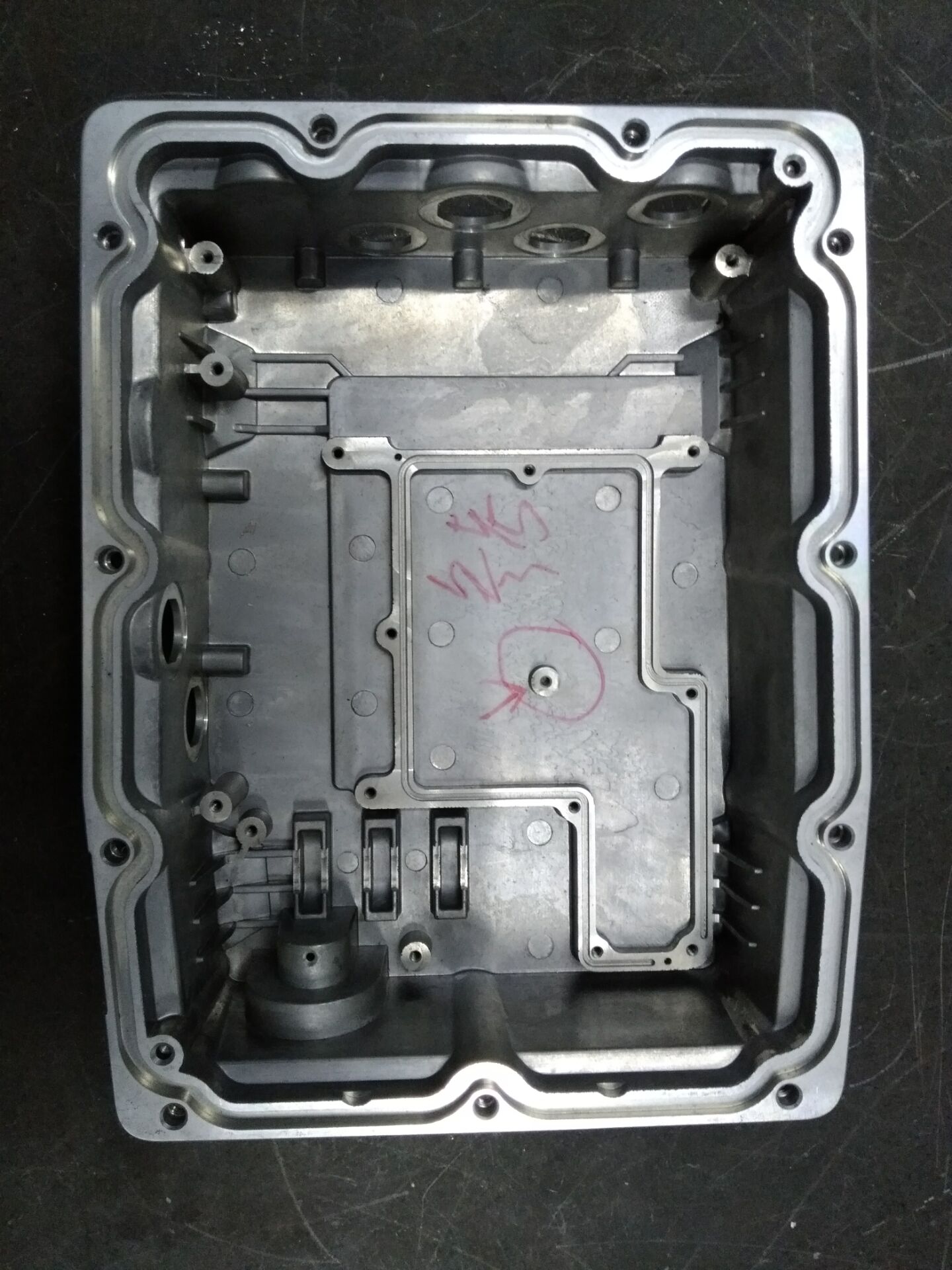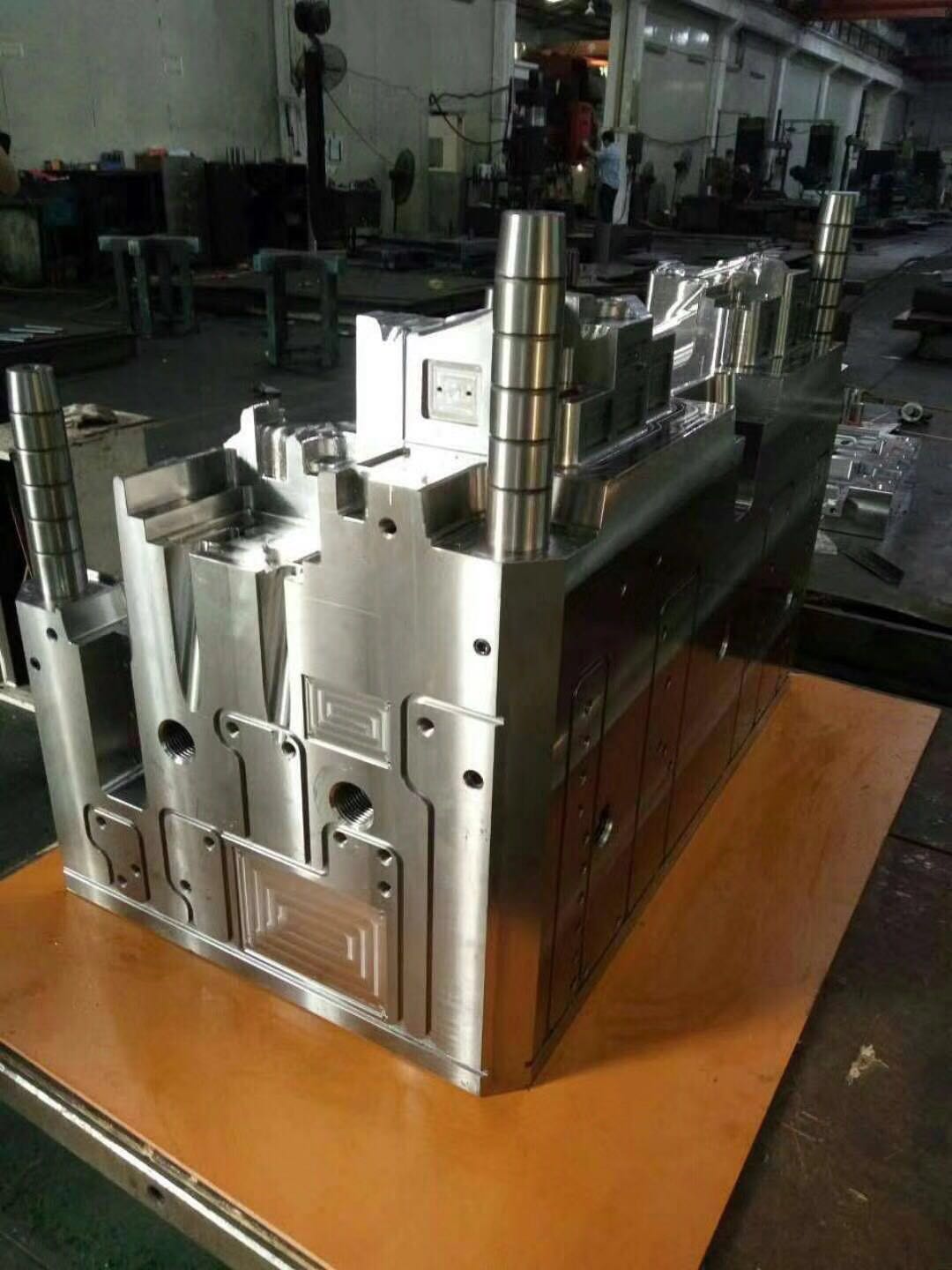GoodBo Mould Co., Ltd , located in Bao'an District, Shenzhen, Guangdong Province, China, currently has over 200 employees and produces around 400-600 sets of various plastic injection molds, including auto parts,home appliances,medical instruments,office appliances,communicating equipments , annually. We are a private enterprise specializing in the production of high-quality molds. The company is currently engaged in Plastic mold,Plastic injection,Multi color injection molding,Blow Molding,Die Casting Mold,Mock up sample,Mold standard components design, research and development, and manufacturing. The product is widely used in fields such as automotive parts, household appliances, electronic devices, hardware accessories, etc.
We provide you with the advantage of low cost, as well as the high production standards of the injection molding industry in Europe, North America, and Japan, as well as some large domestic enterprises. GoodBo Mould has a professional management team and adopts a modern horizontal open management model. We can provide your mold manufacturer with the necessary tools, products, and solutions. We currently collaborate with global clients such as Nissan,FAW-Volkswagen,HONDA,Sony,HP,Canon,Haier,Samsung,Media,Ford,Hyundai,KONKA . We provide flexible services, offering small quantities of assembled and precision machined parts.
Why Choose GoodBo Mould?
- 1Now we totally have more than 200 employees in the plant and the annual manufacturing capacity is around 400-600 sets of various plastic injection moulds for parts of auto parts, home appliances, medical instruments, office appliances and communicating equipments, etc. GoodBo Mould offers you the benefits of lower costs coupled with the high engineering and production standards expected in the European, North American and Japan injection moulding industry as well as some big domestic enterprises.
mould---FAQs Guide
2.How is the surface of a mould treated to improve its performance?
3.What type of part ejection system does the mould use, and how does it ensure smooth ejection without defects?
4.In what ways can mould cooling be improved?
5.What kind of coatings are used for mould surfaces to reduce wear and tear?
6.What type of cooling system is integrated into the mould, and how efficiently does it dissipate heat?
7.What mould maintenance methods can be used to extend the mold’s service life?
8.What is the size of the mould cavity and how does it affect the moulding process?
1.How do mould help to reduce production costs?
mould is not a product only, but also can help you comes to money-making. Moulds can help to reduce production costs by reducing the amount of time and labour required to produce a product. Moulds can be used to create multiple identical parts quickly and efficiently, eliminating the need for manual labour and reducing the amount of time needed to produce a product. Additionally, moulds can be used to create complex shapes and designs that would be difficult or impossible to create by hand, reducing the need for expensive custom tooling.
2.How is the surface of a mould treated to improve its performance?
We have established a good reputation and reliable partnerships within the mould industry. The surface of a mould can be treated in a variety of ways to improve its performance. Common treatments include polishing, sandblasting, shot peening, and coating with a release agent. Polishing the surface of the mould can help reduce friction and improve the mould's ability to release parts. Sandblasting can help remove any imperfections or burrs on the surface of the mould. Shot peening can help increase the surface hardness of the mould and improve its wear resistance. Finally, coating the mould with a release agent can help reduce sticking and improve the mould's ability to release parts.
3.What type of part ejection system does the mould use, and how does it ensure smooth ejection without defects?
We focus on providing high quality mould products and services. The type of part ejection system used in a mold depends on the type of mold and the complexity of the part being molded. Generally, the most common type of part ejection system is a mechanical ejector system, which uses pins, blades, or other mechanical components to push the part out of the mold. This system ensures smooth ejection without defects by providing a consistent force to the part, which prevents it from sticking to the mold or becoming damaged during the ejection process. Additionally, the ejector system can be adjusted to provide the optimal amount of force for the part being molded.
4.In what ways can mould cooling be improved?
We enjoy high authority and influence in the industry and continue to innovate products and service models.
1. Increase air circulation: Increasing air circulation in the area where the mold is cooling can help to reduce the temperature of the mold more quickly.
2. Use a cooling system: Installing a cooling system such as a water-cooled chiller can help to reduce the temperature of the mold more quickly and efficiently.
3. Use a fan: Installing a fan in the area where the mold is cooling can help to circulate the air and reduce the temperature of the mold more quickly.
4. Use a heat exchanger: Installing a heat exchanger in the area where the mold is cooling can help to transfer the heat away from the mold more quickly.
5. Use a cooling spray: Applying a cooling spray to the mold can help to reduce the temperature of the mold more quickly.
6. Use a cooling blanket: Wrapping a cooling blanket around the mold can help to reduce the temperature of the mold more quickly.

5.What kind of coatings are used for mould surfaces to reduce wear and tear?
Our mould products undergo strict quality control to ensure customer satisfaction. Common coatings used for mould surfaces to reduce wear and tear include hard chrome plating, electroless nickel plating, and diamond-like carbon (DLC) coatings. Hard chrome plating is a hard, wear-resistant coating that is applied to the mould surface to reduce friction and wear. Electroless nickel plating is a corrosion-resistant coating that is applied to the mould surface to reduce wear and tear. Diamond-like carbon (DLC) coatings are a type of hard, wear-resistant coating that is applied to the mould surface to reduce friction and wear.
6.What type of cooling system is integrated into the mould, and how efficiently does it dissipate heat?
I have a comprehensive after -sales service system, which can pay attention to market trends in time and adjust our strategy in a timely manner. The type of cooling system integrated into the mold depends on the specific mold design and the materials used. Generally, cooling systems are designed to dissipate heat as efficiently as possible, using a combination of water, air, and/or oil to cool the mold. The efficiency of the cooling system depends on the size and complexity of the mold, as well as the materials used.
7.What mould maintenance methods can be used to extend the mold’s service life?
We maintain a certain amount of R&D investment every year and continuously improve operational efficiency to provide better services to our cooperative customers.
1. Clean the mold regularly: Cleaning the mold regularly helps to remove any dirt, dust, or debris that can cause wear and tear on the mold.
2. Lubricate the mold: Lubricating the mold helps to reduce friction and wear on the mold.
3. Inspect the mold: Regularly inspecting the mold for any signs of wear or damage can help to identify any potential problems before they become serious.
4. Repair any damage: If any damage is found, it should be repaired as soon as possible to prevent further damage and extend the life of the mold.
5. Store the mold properly: Storing the mold in a dry, cool place can help to prevent rust and corrosion.
8.What is the size of the mould cavity and how does it affect the moulding process?
We should perform well in market competition, and the prices of mould products have a great competitive advantage. The size of the mould cavity is determined by the size of the part being moulded. The size of the mould cavity affects the moulding process in several ways.
Firstly, it affects the amount of material that can be injected into the mould, which in turn affects the cycle time and the amount of material used.
Secondly, the size of the mould cavity affects the cooling time of the part, which affects the part's dimensional accuracy and surface finish.
Finally, the size of the mould cavity affects the pressure and speed of the injection process, which can affect the part's strength and durability.


